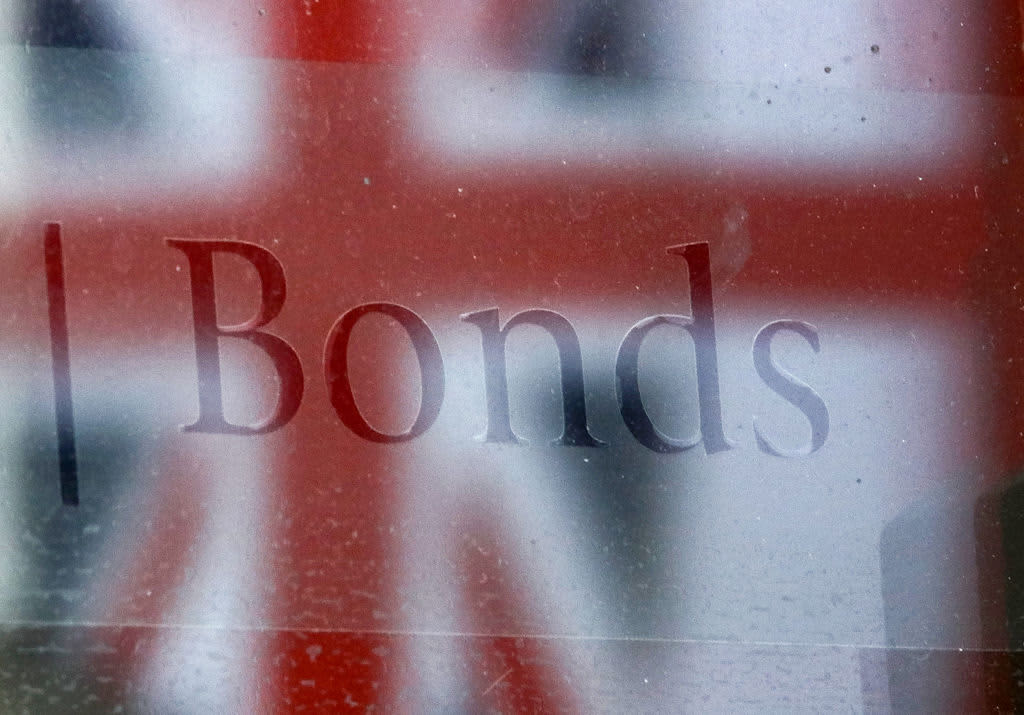This post was originally published on this site

The U.K. borrowed at a negative interest rate for the first time on Wednesday, amid growing fears of a deep global recession and expectations of further bond buying action from central banks.
In an auction Wednesday, the country’s Debt Management Office said it sold £3.8 billion ($4.66 billion) worth of three-year gilts at a yield of negative 0.003%.
This negative-yielding bond means the British government is effectively being paid to borrow. Investors will get back slightly less than they initially paid if they hold the bond to maturity, such is the demand for shoring up money in bonds.
The auction means Britain joined Germany, Japan and several other European nations in selling government debt with a negative yield.
The Bank of England (BOE) cut its main interest rate to a record low 0.1% in March and initiated an additional £200 billion ($245.49 billion) of bond purchases, mostly Gilts, to its quantitative easing program.
Several BOE monetary policy committee members have since hinted that further monetary policy easing may be necessary to mitigate the economic fallout from the coronavirus pandemic.
“When central banks discuss the rationale for their actions, driving down government borrowing costs is rarely a goal that is emphasized,” said Hugh Gimber, global market strategist at JPMorgan Asset Management.
“But while this may not be made explicit, the impact of the Bank of England’s rate cuts and increased asset purchases is absolutely clear from this morning’s groundbreaking gilt auction.”
Gimber suggested that with little prospect of the U.K. Treasury reining in spending in the immediate future, BOE purchases will likely continue to “ensure that the government can finance its record levels of borrowing at record low rates over the coming quarters.”





